Dr. Cissé [Merck Fellow] aims to define the functional importance of nutrient sensing within the tumor microenvironment. How cells sense and adapt to the availability of nutrients in their environment is incompletely understood, but one key pathway is the signaling system anchored by the mTORC1 kinase. The mTORC1 kinase regulates cell growth and metabolism in response to nutrients such as amino acids and glucose. Aberrant mTORC1 signaling is implicated in several cancers, including melanoma, known to be heavily influenced by factors in the microenvironment such as nutrient availability. Dr. Cissé aims to understand how tumor metabolism senses and responds to varying nutrient levels, which will be essential for developing novel therapeutic targets.
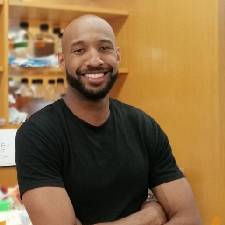
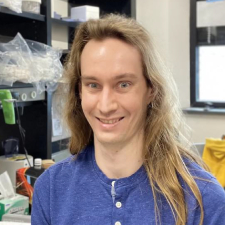
Dr. Catipovic [HHMI Fellow] focuses on the mechanisms governing the resolution of errors that arise during RNA translation in mammals. Ribosomes translating the same message can collide if they are damaged or encounter blockages much like cars involved in a traffic accident. While cells can tolerate small numbers of these incidents, pervasive collisions overwhelm the cell and force it to make crucial decisions regarding long-term viability. Dr. Catipovic investigates the biochemical mechanisms governing this determination. He uses reconstituted translation systems, consisting of purified translation factors in vitro, as a tool to study the signaling pathways initiated by ribosomal collisions that effect the life-death decisions of severely stressed cells. Perturbation of these pathways can cause premature cell death or unregulated cellular proliferation, which is found in almost all cancers.
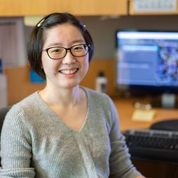
Stable levels of ions (such as sodium or potassium) are critical for human health. Imbalanced ion concentrations indicate a metabolic disorder and are related to the process of metastasis. Dr. Liu aims to develop small molecule therapies that target proteins involved in metabolic disorders. To this end, she is developing computational methods to screen billions of compounds and identify potential drug candidates. With this project she hopes to not only meet an urgent therapeutic need but also improve the computational-based drug discovery pipeline.
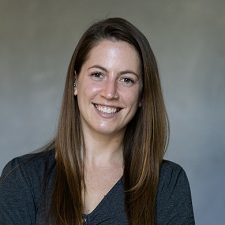
A unifying hallmark of several types of cancer is the uncontrolled fragmentation of mitochondria, the microscopic compartments that generate energy for the cell. Although many key players have been implicated in this process, the manner in which these factors assemble to modify the mitochondrial architecture and induce the unrestricted fragmentation associated with cancer is unknown. Dr. Grotjahn [Nadia's Gift Foundation Innovator] uses cutting-edge instrumentation, powerful electron microscopes, and pioneering image processing techniques to visualize this process inside cancer cells. Her work has the potential to identify new targets to block mitochondrial fragmentation as a future therapeutic strategy to prevent cancerous cell proliferation and tumor growth.
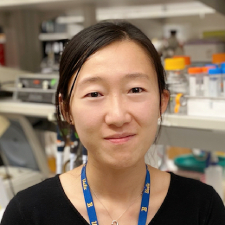
Dr. Gao [The Mark Foundation for Cancer Research Fellow] studies how the tumor microenvironment influences anti-tumor immune responses. Her research focuses on lipid metabolism in cytotoxic T lymphocytes (CTLs), a specialized population of white blood cells that kill malignant cells. To defend against this attack, tumors release lipid metabolites that can incapacitate infiltrating CTLs. Consequently, these metabolites create an immunosuppressive environment and promote tumor progression. Dr. Gao aims to unravel the pathways utilized by these harmful lipids. She is also investigating whether modifying lipid metabolism in immune cells can unleash CTL response and accelerate tumor shrinking. These studies have the potential to identify new therapeutic targets that will improve immunotherapy.
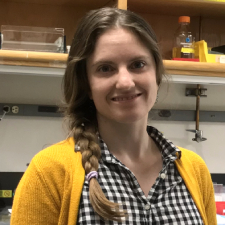
Dr. Cote is exploring embryonic development to better understand how cells cooperate and build complex tissues. Since cancer cells often erroneously redeploy developmental programs and behaviors, her research into how neighboring cells align will yield insights into how cancerous cells metastasize and invade other tissues. Dr. Cote is combining tissue-specific genetic manipulations and laser cell ablations with live imaging during Caenorhabditis elegans digestive tract development to reveal how intracellular organization in one cell type can influence the alignment, polarity, and function of cells in the neighboring tissues.
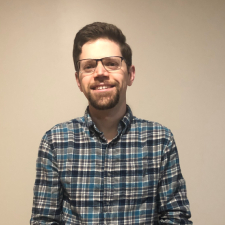
Dr. Jarjour is searching for novel methods to overcome resistance to immunotherapy. While immunotherapies have had a transformative impact for some patients suffering from specific cancers, some tumors are highly resistant to these treatments. These resistant tumors often lack the majority of immune cell types that could potentially attack the tumor. Dr. Jarjour is addressing this problem by developing antigen-independent methods to stimulate the innate proliferative capacity of tissue-resident CD8+ T cells, based on signaling molecules called cytokines. His generalizable approach could increase the efficacy of existing checkpoint blockade therapies on resistant tumors. His work has implications for many types of cancer, as well as vaccine development.
Dr. Kim [HHMI Fellow] is studying the molecular links between cancer cells undergoing metastasis and formation of the face during development (known as craniofacial development). Both craniofacial and cancer cells must enter a migratory state triggered by certain key transcription factors including TWIST1. However, the exact role of TWIST1 appears to vary across cell types, which might explain some of the differences between cells found in various cancers and in normal craniofacial development. Dr. Kim is using genomic tools to dissect how transcription factor cooperation may toggle TWIST1 function across cell types, with potential implications for all cancers.
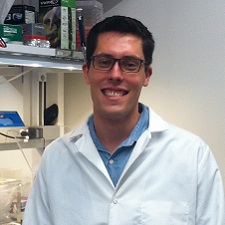
Our DNA is constantly subjected to damage, and our cells must repair this damage to ensure survival. Breaks in DNA that completely sever DNA molecules are particularly toxic, and failure to repair these breaks can lead to genetic alterations that drive cancer initiation and progression. Dr. Stinson studies the two main cellular pathways that repair these DNA breaks: non-homologous end joining (NHEJ) and homologous recombination (HR). Defects in these pathways are linked to predisposition to many cancers, including leukemia, breast, ovarian, and prostate cancers. His prior work has demonstrated how NHEJ minimizes genetic alterations during DNA break repair. Ongoing work will elucidate fundamental mechanisms of HR that suppress cancer and seek to identify new HR factors. This work has important clinical implications for identifying patients that may benefit from treatments that target HR-defective tumors and for discovering potential mechanisms of resistance to treatment.
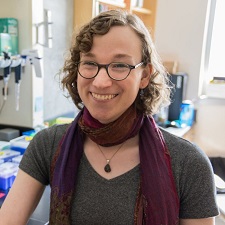
Dr. von Diezmann is a biophysicist who studies how cells regulate the pathway used to repair broken DNA. Errors in specific DNA repair pathways are an early step in the development of many cancers, such as with defects in homologous recombination for breast, ovarian, and pancreatic cancers. The Diezmann lab uses high-resolution microscopy techniques to visualize the process by which DNA breaks are designated for specific repair fates, working primarily in live meiotic nuclei of the model organism C. elegans. By elucidating the mechanisms by which protein assemblies form and transmit information along chromosomes and throughout the nucleus, her lab will help provide a foundation for the development of novel chemotherapies based on modulating the DNA damage response.
